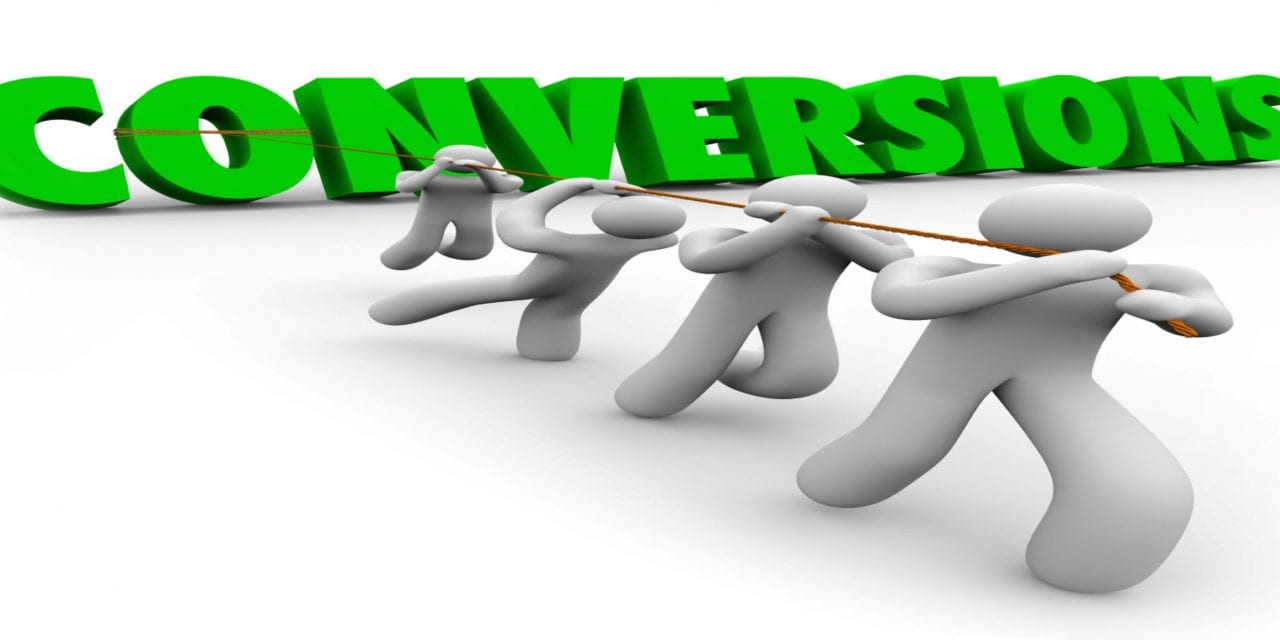Why do we have such an obsession with quantity over quality?
By Susan Saldibar
Why do we have such an obsession with quantity over quality?
Sales managers still get excited about lists of thousands of potential residents with addresses, phone numbers, and (wonder of wonder) email addresses. They get excited about being exposed to an audience of thousands with a single internet ad. But I was reminded recently of something we should all keep in mind. That is, all leads are not created equal.
The reminder came from Valerie Whitman, VP of Senior Living for LeadingResponse (a Senior Housing Forum partner). Valerie knows a lot about leads for senior living. She knows the importance of why some convert at a higher rate than others. She understands how digital ads work and the dynamics behind how lead aggregators work. And, she knows the types of leads that are most likely to convert to move-ins.
Valerie shared with me some insight about the value of various types of leads; some of which you are probably going to be pursuing as you finalize your 2019 budgets:
-
Digital leads have a lower conversion rate. That’s because the source of the leads are individuals sitting with mobile phones or behind computers, typically not ready for a personal call or to take an action step. “This is not to say they are not good leads, they often times are,” Valerie tells me. “But we need a bit of a different approach in terms of nurturing, as well as recognizing where the lead is in the sales cycle.”
-
Digital leads from aggregators are owned by the aggregators for 1-2 years. They are also shared with your competitors.
-
Building a relationship with a digital lead can be more challenging for the sales team since many of these individuals are already inundated with calls and emails from your competitors.
So where is Valerie seeing the strongest conversion rate? Face-to-face educational seminars. And she would know since LeadingResponse conducts both onsite and off-site events on behalf of senior living community operators. Her insight is based upon her experience conducting hundreds of educational seminars. And it’s well worth sharing:
-
Face-to-face leads convert at a higher rate than digital leads in part because the individuals are more vested and motivated to take actions.
-
Educational seminars provide a better environment to build a relationship with prospects because you are providing them with valuable information and building trust.
-
Therefore, face-to-face educational seminars at a neutral location convert at the highest rate. You are in front of qualified individuals who are: a) interested enough to spend time learning from your sales team, and b) feel safe enough to take the next step in the sales cycle (i.e one-on-one phone call, tour, attend an onsite event, etc.)
But there are a couple of caveats here. Valerie is quick to note that the individuals you invite to these events need to be properly qualified. “Sending out a big ‘blast’ to an unvetted list is a mistake,” she tells me. “Your mailing list should be hyper-targeted to include not only the all-important financial criteria but also data selects, such as ailment and familial connections. Once you have that hyper-targeted list, you’ll then want to incorporate consumer behaviors, such as what this audience wants to learn about, when (best days and times), and how (format). Last, but not least, find out where these consumers want to learn about senior living,” she adds. LeadingResponse has found the best results come from dinner events held at popular local restaurants. That helps create the relaxing environment that optimizes openness and engagement.
The chart below comes from Valerie’s collected data from hundreds of clients over the years. Note that this is an example. The numbers represent averages relating to annual lead generation for a single senior living community:
You have to admit, these are pretty compelling numbers. What jumps out at me is that the total number of leads is about half of what you’d get through an aggregator. Here we go with quantity versus quality again. I asked Valerie about that. Here are her points:
-
Fewer leads with a higher conversion rate will free your sales team to focus on more highly qualified leads, which will yield more move-ins.
-
A higher conversion rate and a lower Cost Per Lead equates to savings to the bottom line and a lower Cost Per Move-In overall.
-
Shifting to the face-to-face educational seminar option allows the community to decrease its dependency on shared digital leads from aggregators that equate to high Cost Per Move-In.
-
Annual savings can either go directly to your NOI or reallocated to digital efforts, such as SEO and SEM, to increase your community’s web leads, decreasing the dependency on the higher cost lead sources.
Valerie has one last thought about giving the sales team fewer, but more highly qualified leads to work. It means your valuable sales team is doing a lot less chasing of dead-end leads. “Could this help decrease the high turnover rate for your sales staff?” she asks. An ongoing challenge in our industry that everyone would like to overcome.
For more information on LeadingResponse you can visit their website:
Download a PDF copy of this article by clicking on the button below:












